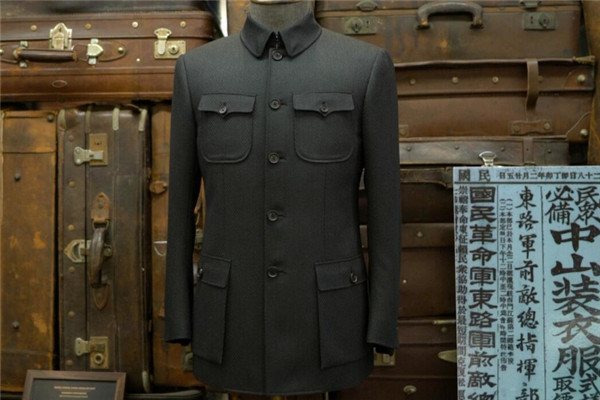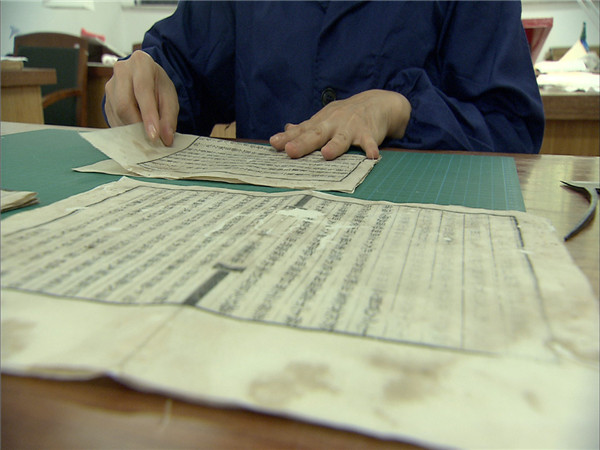Three items shortlisted to be national intangible cultural heritages

A Xiangshan bamboo-root carving product. [Photo/cnnb.com.cn]
Three items from Ningbo, East China's Zhejiang province were recently shortlisted to become national intangible cultural heritages by the Ministry of Culture and Tourism.
They are Xiangshan bamboo-root carving, Hongbang tailoring and Tianyi Pavilion's ancient book restoration techniques.
Xiangshan bamboo-root carving
Xiangshan bamboo root carving dates back to the Qing Dynasty (1644-1911). In 1996, Xiangshan county in Ningbo was named by the Ministry of Culture as the "Hometown of Chinese Folk Art (bamboo root carving)".
Currently, the county is home to more than 20 bamboo-root carving businesses, which have an annual output value of more than 13 million yuan ($2 million).
Hongbang tailoring

A Chinese tunic suit made using Hongbang tailoring techniques from Ningbo. [Photo/cnnb.com.cn]
Originating on the banks of the Fenghuajiang River, Hongbang tailoring combines local tailoring traditions and western draping technology.
It is prevalent in places such as Jiangkou and Xiwu sub-districts in Fenghua district, Moshan town, and Jiangshan town in Yinzhou district.
Through traveling artisans, the craft has been spread to more than 30 cities both at home and abroad.
Tianyi Pavilion's ancient book restoration techniques

An artisan restores ancient books at Tianyi Pavilion, Ningbo. [Photo/cnnb.com.cn]
The practice of ancient book restoration at Tianyi Pavilion, the oldest library still standing in Asia, can be traced back to the Ming Dynasty (1368-1644).
A guide to ancient book restoration compiled by Tianyi Pavilion has been recommended by the UNESCO, with its influence spreading to countries including Japan and South Korea.
This year, the National Ancient Books Conservation Center was inaugurated at Tianyi Pavilion.

